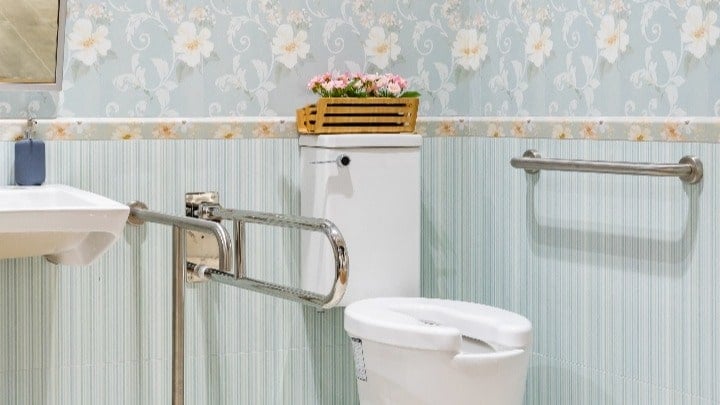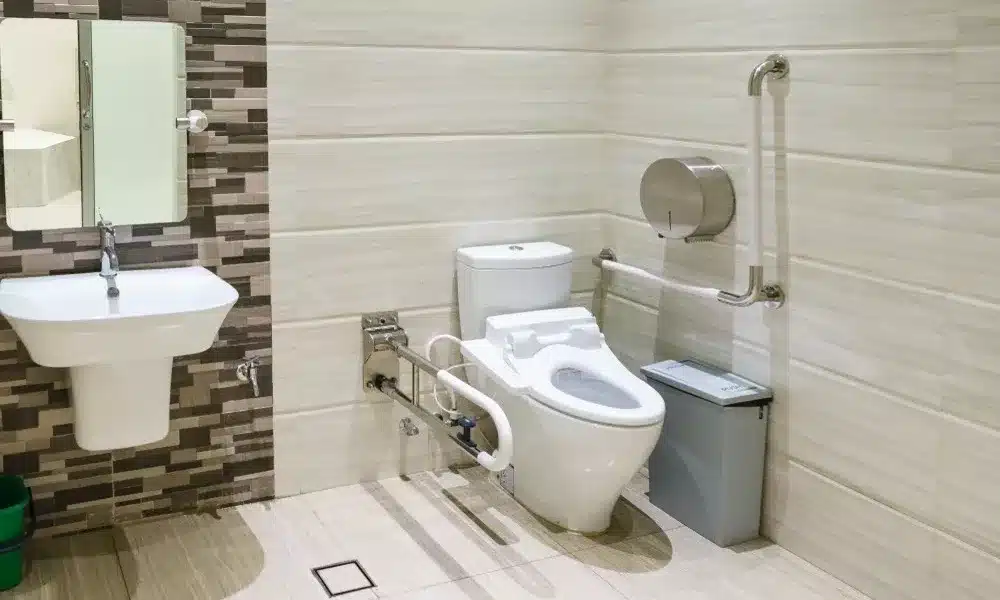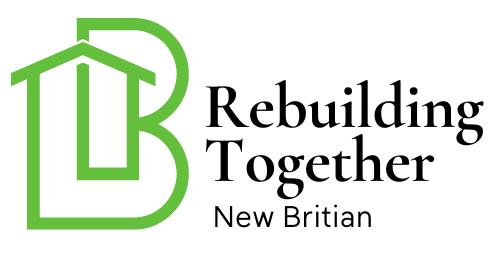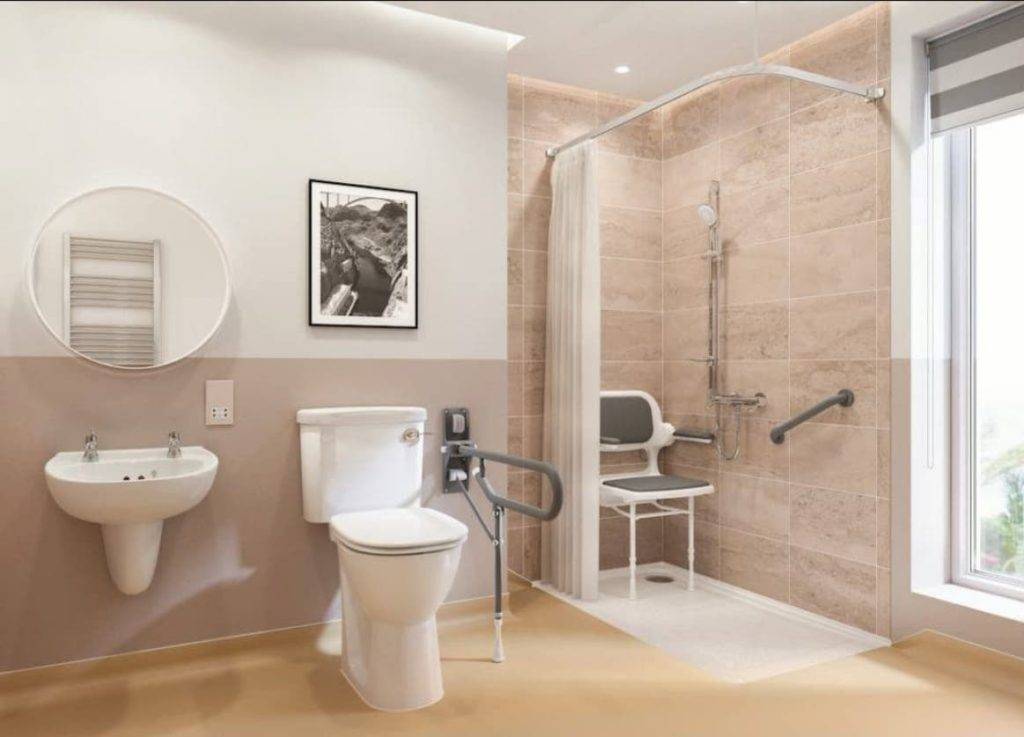Designing a bathroom that is both stylish and functional can be challenging, especially when considering the needs of all family members. One key aspect to focus on is creating an accessible vanity design. This concept involves crafting a bathroom space that is usable by everyone, regardless of age or physical ability. In this article, we will explore the essential elements of accessible vanity design and how you can incorporate them into your home.

Understanding Accessible Vanity Design
An accessible vanity design is more than just a trend; it is a necessity for many households. This design approach ensures that bathroom vanities are easy to use for individuals with different physical capabilities, including seniors and those with disabilities. By focusing on accessibility, homeowners can create a more inclusive environment.
Why Is Accessibility Important?
Accessibility in bathroom design is crucial for safety and convenience. By incorporating features that cater to all users, you reduce the risk of accidents and improve the overall functionality of the space. Moreover, an accessible vanity design can add value to your home, making it more appealing to future buyers.
Key Features of Accessible Vanity Design
1. Proper Height and Space
The height of the vanity is a critical factor in ensuring accessibility. A vanity should be at a height that is comfortable for all users, including those who use wheelchairs. Additionally, there should be enough space around the vanity to accommodate mobility aids.
2. Easy-to-Use Fixtures
Fixtures such as faucets and cabinet handles should be easy to operate. Lever handles are often recommended over knobs, as they require less effort to use. Consider installing motion-sensor faucets for added convenience.
3. Adequate Lighting
Good lighting is essential for any bathroom, but it is particularly important in an accessible vanity design. Ensure that the vanity area is well-lit to prevent accidents and assist users with visual impairments.
4. Non-Slip Surfaces
Using non-slip materials for the countertop and floor around the vanity can help prevent falls. These surfaces should also be easy to clean and maintain.
Steps to Implement Accessible Vanity Design
Step 1: Assess Your Current Bathroom
Before making any changes, assess your existing bathroom layout. Identify areas that need improvement and consider the specific needs of those using the space.
Step 2: Plan Your Design
Work with a professional designer or use online resources to plan your accessible vanity design. This step involves choosing the right materials, fixtures, and layout to ensure maximum accessibility.
Step 3: Hire a Professional
For a successful renovation, hire a professional contractor who specializes in accessible designs. They can help you navigate building codes and ensure that your design meets all necessary requirements.
Step 4: Test and Adjust
Once the renovation is complete, test the new setup to ensure it meets the needs of all users. Be open to making adjustments as necessary to improve functionality.
Incorporating Style with Accessibility
Many homeowners worry that focusing on accessibility will compromise the style of their bathroom. However, modern designs offer a wide range of stylish options that are also functional. Choose materials and fixtures that complement the overall aesthetic of your home while still adhering to accessibility standards.
Color Schemes and Materials
Opt for neutral color schemes that make the space feel open and welcoming. Use materials like glass and stainless steel to add a modern touch. These elements can enhance the look of your bathroom without sacrificing functionality.
Resources for Accessible Vanity Design
For more information on creating an accessible vanity design, visit Senior Bathroom Safety Tips and explore other helpful resources.
Conclusion
Creating an accessible vanity design is an important step in making your home more inclusive and functional for everyone. By considering the needs of all users and incorporating key features, you can design a bathroom that is both stylish and accessible. Remember to seek professional help and utilize resources to guide you through the process. For further inspiration, check out safe bathroom cabinets and bathroom safety upgrades to enhance your design.

FAQs
What is an accessible vanity design?
It refers to a bathroom vanity setup that accommodates individuals with varying physical abilities, ensuring ease of use and safety.
Why should I consider an accessible vanity design?
It improves bathroom safety, increases home value, and creates an inclusive environment for all users.
How do I start implementing accessible vanity design in my home?
Begin by assessing your current bathroom, plan your design with accessibility in mind, and hire a professional to execute the renovation.
This article contains affiliate links. We may earn a commission at no extra cost to you.

